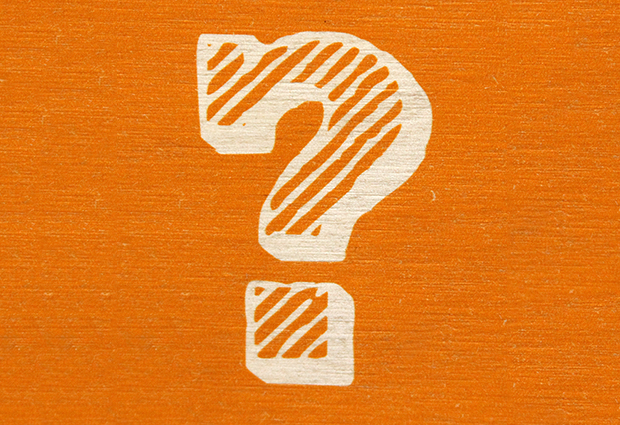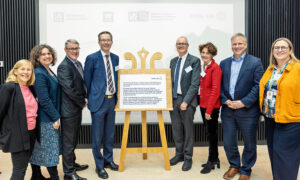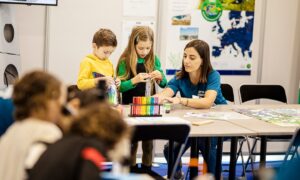
Q&A: Research analogies
Which analogy best describes your research?

 Different types of glass
Different types of glass
Daniel Passon, postdoc, EMBL Hamburg
How can the 3D structure of a protein give us information about its function? Think about something simple that we all use every day: a glass. We all know what it is and its function: drinking liquids. But a closer look in your cupboards will probably reveal many varieties and forms: some are for water, tea, wine or beer. Zoom in even further and you can differentiate their function even more: glasses for white or a red wine, for wheat beer or Pilsner. So looking at a protein structure on a molecular level can give you a snapshot of the important features that distinguish its function. Further down the line it can help scientists design drugs.
 Domino effect
Domino effect
Paola Kuri, PhD student, EMBL Heidelberg
My research project focuses on a specific part of how the immune system works. Schematically, when a threat gets into the body, it is first detected – that is the job of receptors –, then it sets off a domino chain of reactions that end by triggering the actual immune response to destroy the threat. I am looking into how the detection triggers the domino chain. Imagine that the domino chain is ready but you need a metal one, that is divided into pieces scattered across the chain to start it. Then what the receptor needs to do is to switch on a magnet that will attract all the metal pieces to it, and rebuild the first domino to spark the chain-reaction.
 Postal parcels
Postal parcels
Ori Avinoam, postdoc, EMBL Heidelberg
Cells are not self-sufficient: they feed from their environment. But they don’t have a mouth, so how does that work? Cells make parcels – called vesicles – containing food or information – molecules. Like postal parcels, vesicles are made of a protective layer on the outside, and carry items to several destinations.
Cells use their outside membrane to create the protective layer of the parcel. Molecules that need to go in are taken into dimples that get bigger until the molecule is totally wrapped in it, and finally separates from the membrane. These dimples are covered in a second protective layer made of a molecule called clathrin. We study how this extra layer of clathrin forms, so we can understand better the fundamental communication of cells with their environment, and maybe get inspiration from clathrin scaffolds to build nanomachines in the cells.


